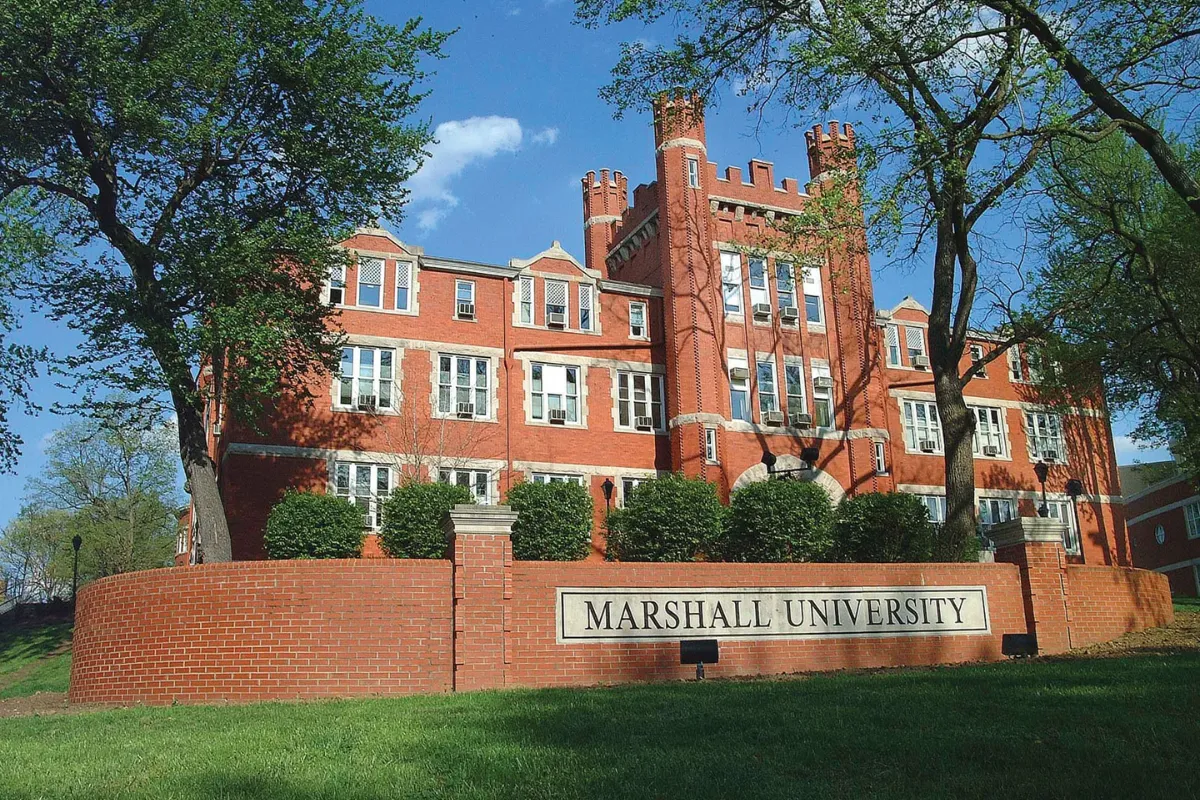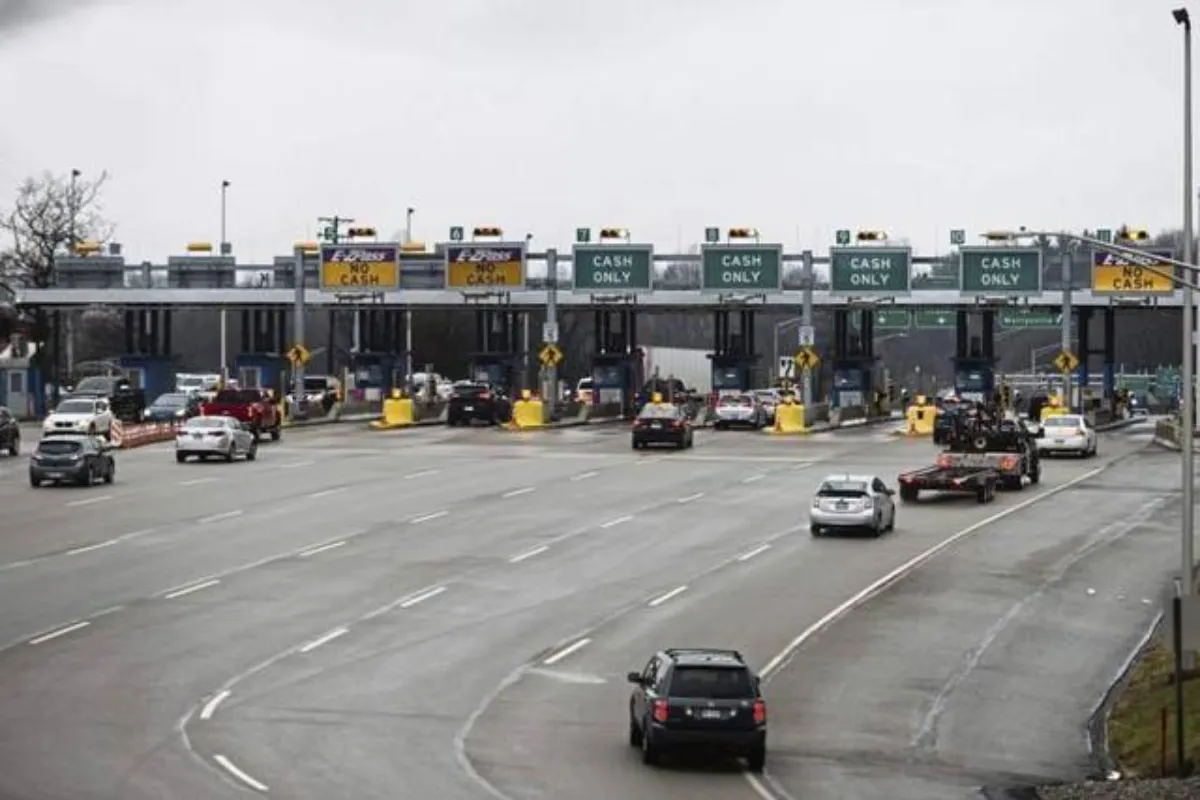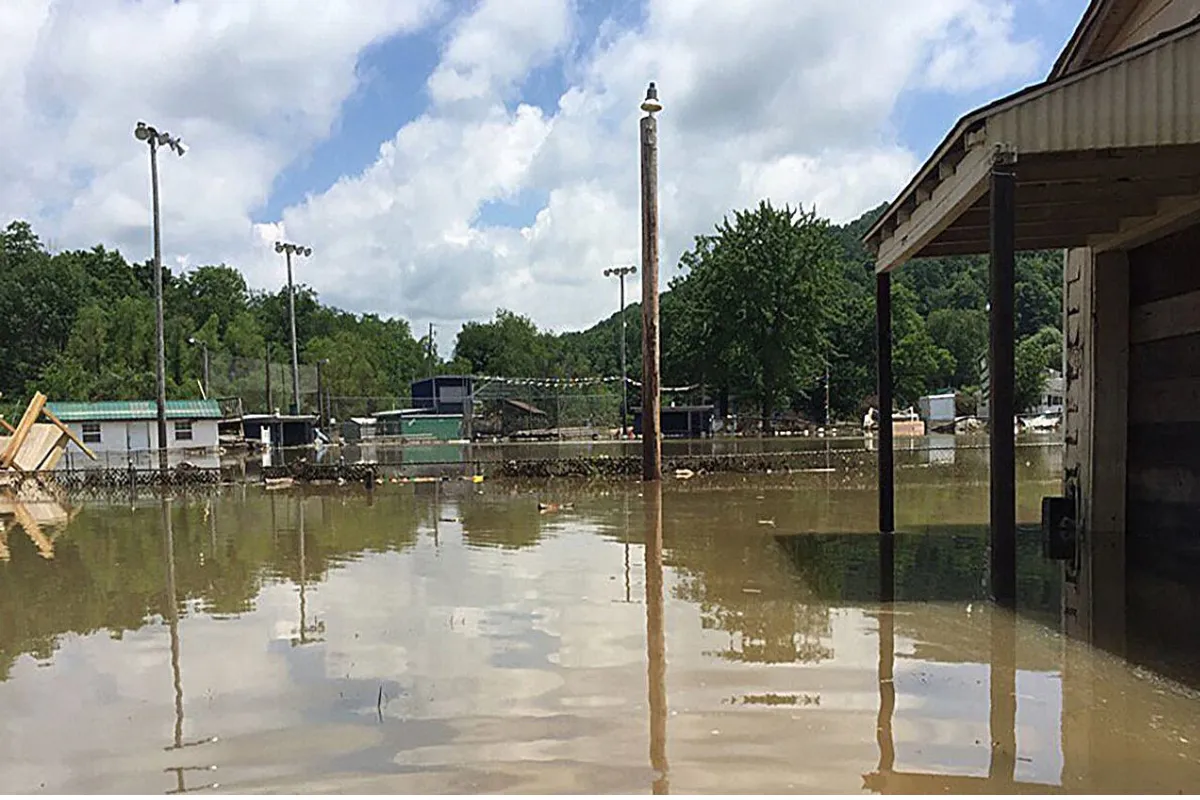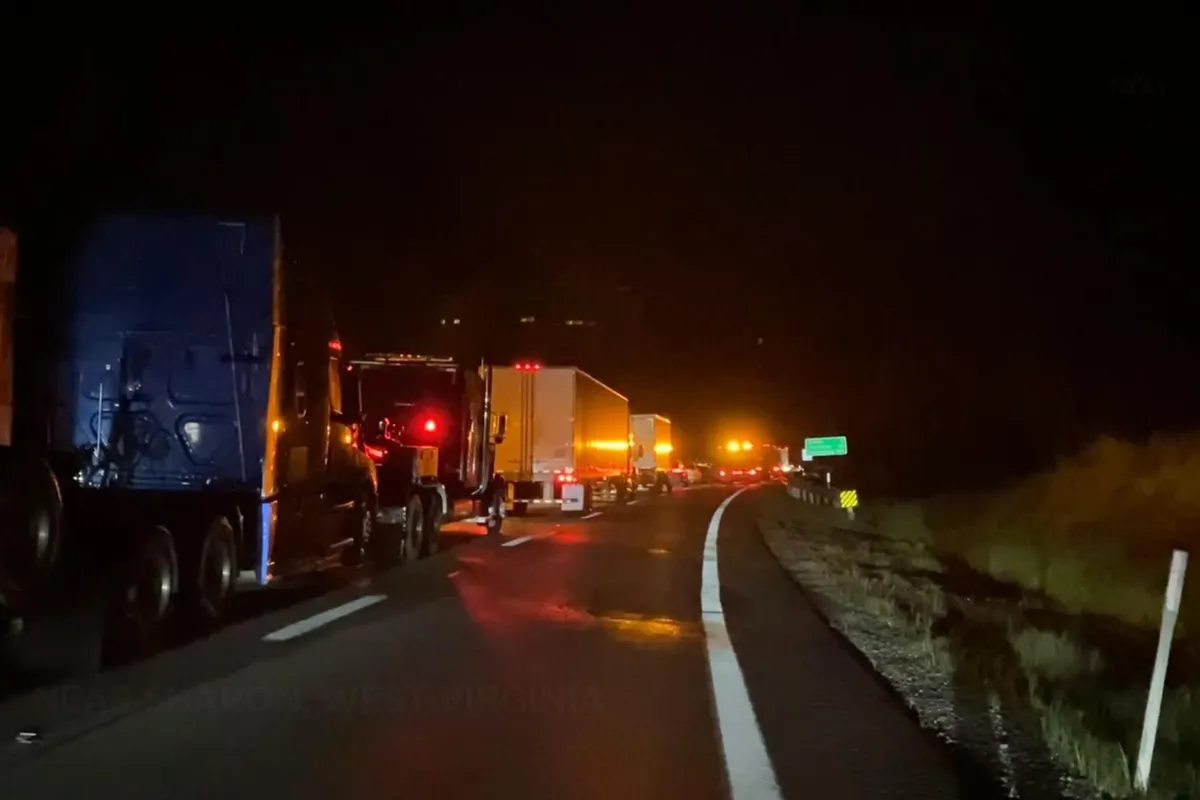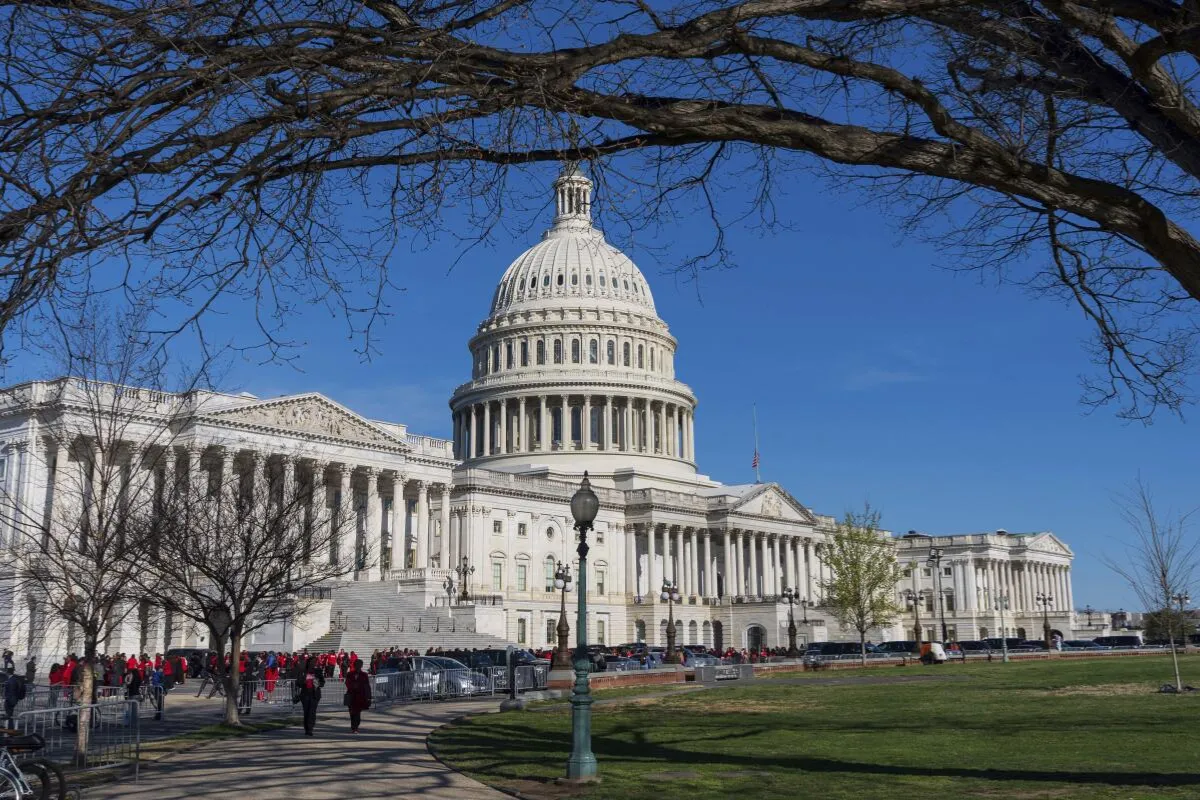In 1865, a reporter from the New York Herald took a memorable trip through West Virginia’s bustling oil region. His vivid accounts—later published in Dave McKain’s book Where It All Began—offer a fascinating window into life during the state’s first oil boom.
Traveling just six and a half miles from Parkersburg, the reporter first stopped at Mineral Wells, a place already known for its healing waters. Referred to as the “Saratoga of West Virginia,” the Mineral Wells resort drew fashionable visitors from across the region. Its owner, A.W. Gordon, had made his fortune in oil and invested it in this health retreat.
Further down the road, he stopped at the Ten-Mile Hotel—known then as Butcher’s—where he praised the food, especially Mrs. B’s locally famous “Indian Rapiers.”
After crossing the Little Kanawha River at Elizabeth, soaked and exhausted, the journey continued through the moonlit hills toward Burning Springs, also known as Rathbone City. Along the way, one of his horseback guards fainted, a reminder of the tough conditions travelers faced.
At 10 p.m., the party arrived at the Pierpont House hotel in Burning Springs. It was here the reporter first encountered the overwhelming scent of petroleum in West Virginia, comparing it to Pennsylvania’s well-known oil towns like Oil Creek and Pithole. The air was thick with the odor of gas—an unmistakable sign of oil wealth.
Rathbone City, at the time, was a booming town. Located 30 miles from Parkersburg by land (39 by river), it had a population of about 2,000 packed into just two square miles.
Workers earned $3 to $5 a day, while road laborers made $2.50. Basic costs were steep: flour cost over a dollar a pound and butter used for machinery lubrication ran up to 60 cents.
The town featured two main hotels—the upscale Pierpont, run by J.C. Johnson, and the former Union Hotel, now owned by the Biggs family. Several other boarding houses dotted the surrounding hills, including one dubbed “The Chicago.” The Pierpont stood out for its fine food and $3-a-day accommodations.
The reporter marveled at the large investments made in the oil region, improvements to infrastructure, and the quick rise of the town. He also touched on the Civil War’s recent impact, including the Jones raid.
In next week’s installment, the reporter shares the final part of his two-week journey—including his reflections on Elizabeth and his journey home.





